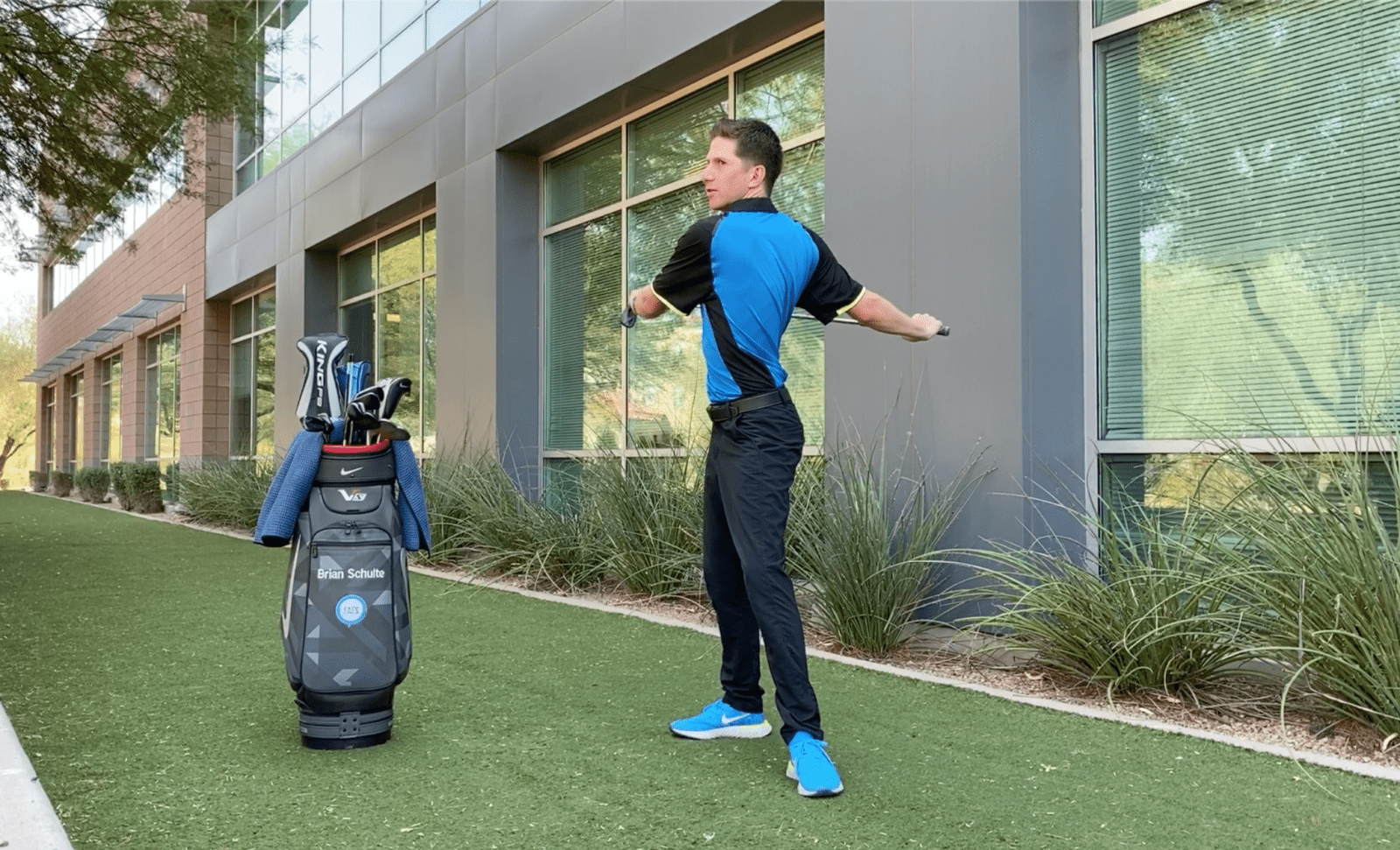Every year, golf companies come out with their latest and greatest in equipment. Drivers offering 10 extra yards, more forgiving irons, better golf balls promising increased ball flight, the list goes on. Although getting a brand new driver is exciting, golfers have to understand that venture will only take them to a certain point. The USGA has established limits on how efficiently a golf club can perform, governing no more than an 83-percent transfer of the energy from the head to the ball. So, although certain clubs may fit your swing better than others, the ceiling only goes so high. The good news is, there is once piece of equipment that you already have access to, you use for every shot, and is ungoverned by the USGA…and that’s you! Improving your body will not only help you on the golf course, but will help you move better and feel better off the golf course, something that new driver probably won’t do.
Brian Schulte, CSCS, FAFS, Spooner FIT Coordinator, shares a few tips on what exactly you can do to get your body tuned for golf.
Prime before you paint
Prior to playing/practicing, research has shown that warming up dynamically (active range-of-motion movements) increases performance over static stretching (stretch-and-hold with no movement) or no stretching at all. One study in particular showed an increase in ball speed, more centered impacts on the face, and straighter swing paths, compared to the static stretching/no stretching group.1 So get your body moving before you tee off!
Move it or lose it
Last time I checked, golf isn’t a sport most of us play sitting down. If you have access to a gym, try to avoid the traditional machines, get on your feet and start moving functionally. In other words, your golf exercises should look and feel like…golf! Medicine balls, ViPR’s, bands, speed sticks, etc. these are all great tools we use in the clinic to biomechanically emphasize or replicate aspects of your swing.
Even if you’re not in the clinic or gym, there are plenty of things you can do at home. Try some golf-focused yoga or other mobility exercises targeting areas such as the hips and thoracic (mid) spine to maximize your usable range of motion.
Think Motion, not Motrin
If you’re the type that pre or post medicates with golf, it may not have to be that way! Instead of taking a pill to mask your symptoms, go after the root cause of what is causing your knee, back, or shoulder to hurt. In the long run, you’re not really helping yourself there.
Help us to help you
You can do a lot of great exercises to improve your golf swing, but if there is ultimately a movement pattern that is causing repeated stress to a part of the system, your successes will be short lived. Outside of working with a golf performance movement therapist, seek out a PGA or qualified teaching professional to help improve your mechanics. Improved mechanics will make your swing more efficient and improve your performance throughout your entire round. Sometimes reading the latest tip or exercise in Golf Digest won’t cut it and you’ll benefit the most from instruction tailored to your body and your swing.
If you’re looking for personalized instruction and training to help improve your movement mechanics and take your golf game to the next level, click here to learn more about our Spooner FIT team and how they can get your health in motion!
1Moran, K. A., McGrath, T., Marshall, B. M., & Wallance, E. S. (2009). Dynamic Stretching and Golf Swing Performance.International Journal of Sports Medicine, 113-118.

Check out our Therapists in Motion podcast episode of golf for more insight on more things golf and movement!

